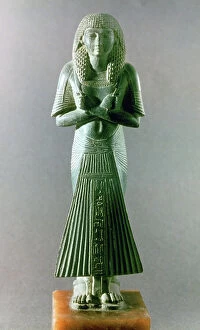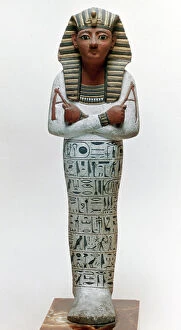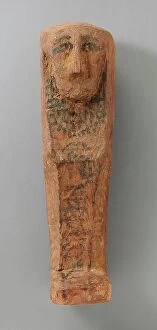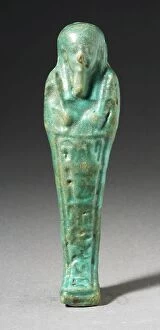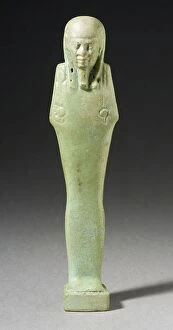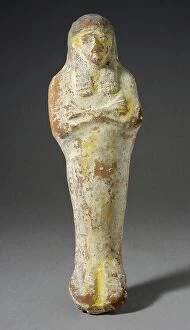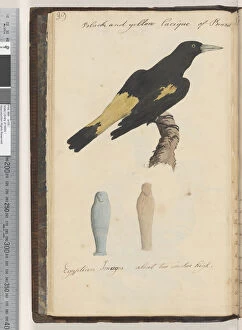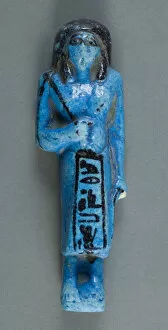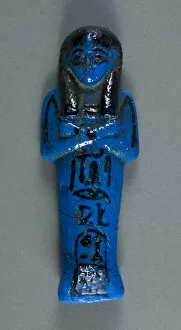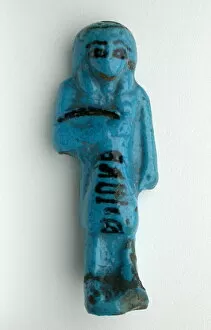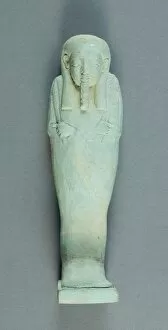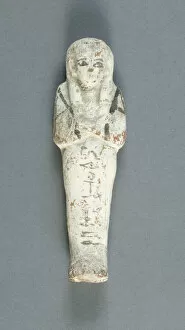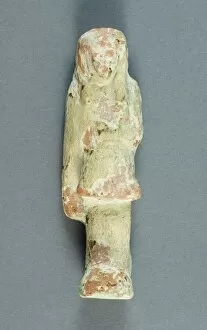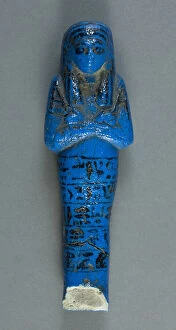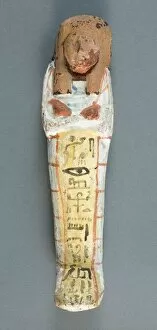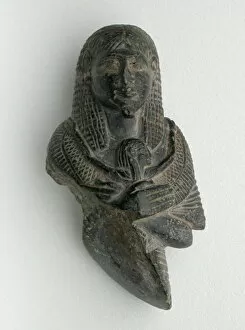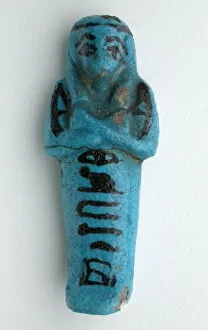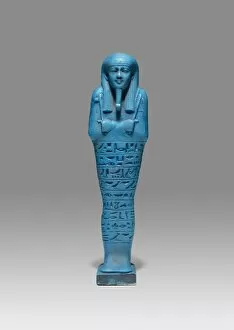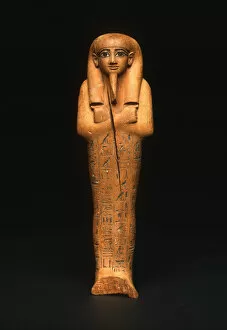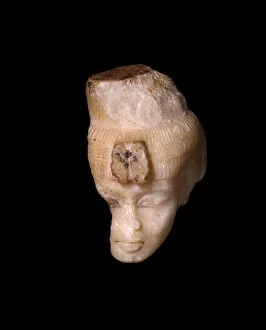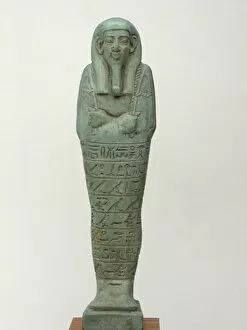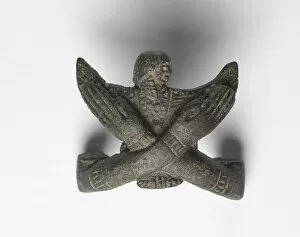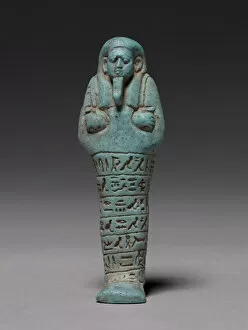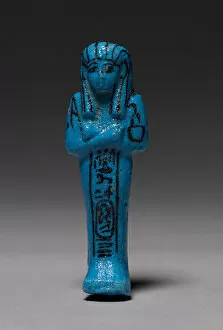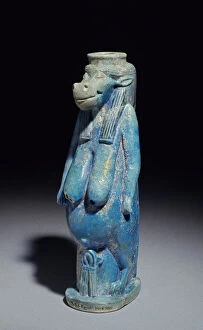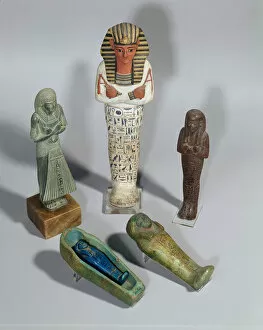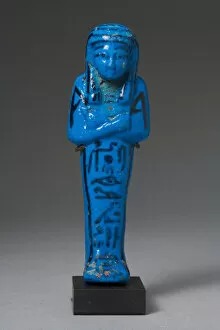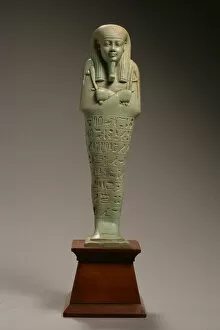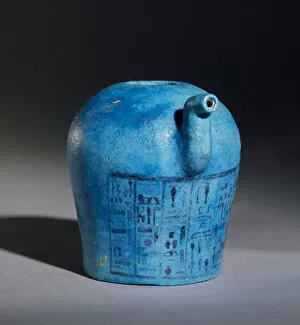Shabti Collection
"Unveiling the Enigmatic Shabti: Ancient Egyptian Funerary Figurines" Step into the world of ancient Egypt and discover the fascinating realm of shabtis
For sale as Licensed Images
Choose your image, Select your licence and Download the media
"Unveiling the Enigmatic Shabti: Ancient Egyptian Funerary Figurines" Step into the world of ancient Egypt and discover the fascinating realm of shabtis, small figurines crafted to accompany individuals in the afterlife. These wooden chests served as resting places for ushabties, intricately carved statues believed to perform labor on behalf of their owners. One remarkable example is the Egyptian Shabti-Box from the New Kingdom's 20th Dynasty (c1189 BC-1077BC). Adorned with depictions of Anubis, Thoth, and Osiris, this exquisite box housed multiple shabtis that would assist their owner in various tasks beyond death. Another notable find is the shabti belonging to King Ahmose I. Dating back centuries ago, this artifact provides a glimpse into royal burial practices during its time. On page 39 lies a captivating black and yellow lacquer image from Brazil depicting Egyptian drawings dating between 1810-17. The combination of watercolors and manuscript text adds an extra layer of intrigue to these ancient representations. Moving forward through history, we encounter an Overseer Shabti from Egypt's Third Intermediate Period. This figure belonged to Isetemkheb and showcases intricate details that highlight its importance within funerary rituals. Henuttawy's it also hails from Egypt's Third Intermediate Period under Dynasty 21 (about 1069-945 BCE). Its presence serves as a testament to Henuttawy's desire for assistance even in eternity. The Overseer Shabti of Tchenetipet further exemplifies how these figurines were personalized for specific individuals during Egypt's Third Intermediate Period. Each detail meticulously crafted with care by unknown artisans who understood their significance in ensuring a smooth journey into the afterlife. As we delve deeper into history, we come across two Late Period dynasties.

